RIBEIRA GRANDE
Centro de Artes Contemporâneas Azores Islands, Portugal
If you are an art lover then more than likely you frequent museums to see an exhibit, hear a guest speaker or take in an afternoon or evening concert. However, if you are a fan of architecture then your motivation for visiting a museum may very likely be the building itself…think Bilbao’s stunning Guggenheim by Frank Gehry or the gorgeous Renzo Piano addition to the Los Angeles County Museum of Art (LACMA), or more currently the impossibly beautiful Cité du Vin in Bordeaux, France. These are but a few of the countless examples of high profile museums throughout the world that put the spotlight on the architecture as much as what is hanging on the walls or resting on the floors.
In the case of the island of São Miguel in the Azores archipelago, 930 miles from the coast of Portugal, there exists a stunning museum aptly named Arquipélago – Centro de Artes Contemporâneas or Arquipélago – Contemporary Arts Center.
During one of our drives around the island we found ourselves on the north shore in the municipality of Ribeira Grande, home to this most interesting museum. Our curiosity was immediately piqued by the massive sawtoothed building with its tall, volcanic brick smokestack. We returned home to research this eye-catching and imposing building, which from our initial street view, appeared to be some sort of disused, massive warehouse
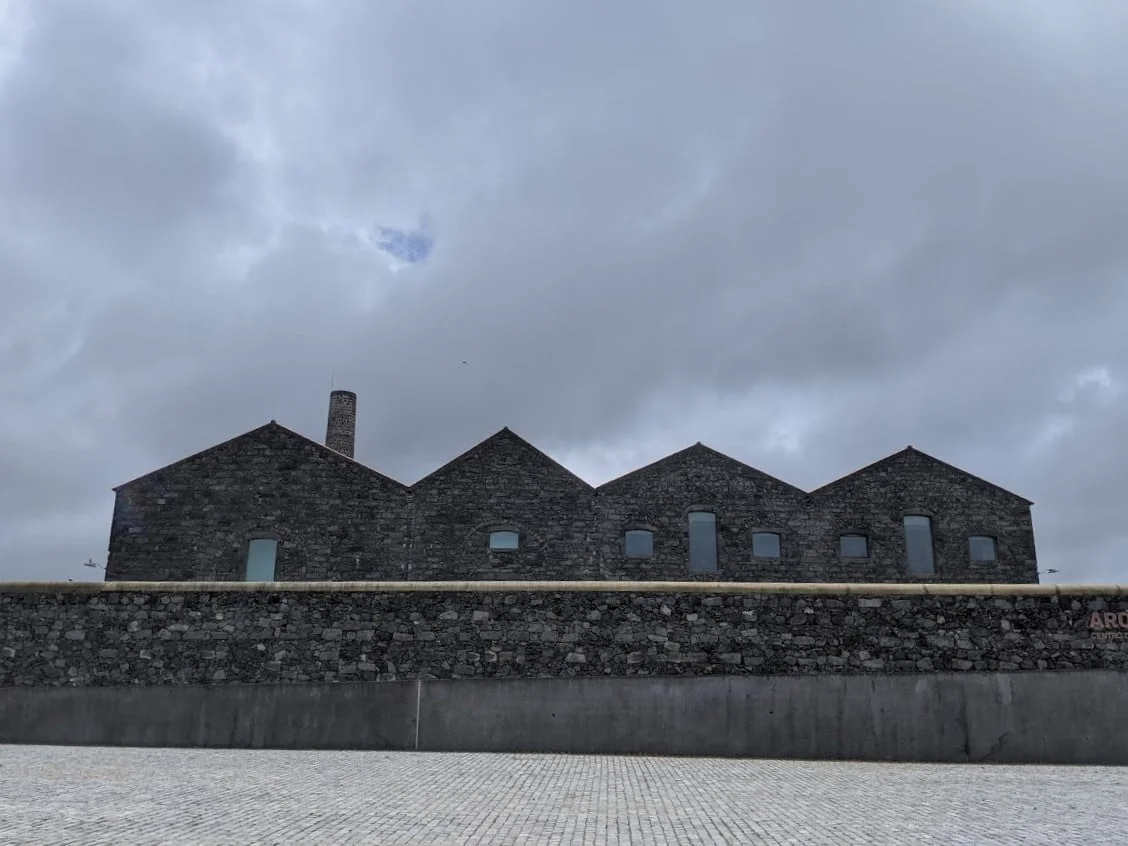
To the contrary, as well as to our surprise, we learned that the Arquipélago – Centro de Artes Contemporâneas, or ACAC as it is known, is a collection of buildings that have been thoughtfully repurposed to seamlessly blend the past with the present and well into the future. This is due in large part to the incredibly well executed restoration of the existing buildings along with the incorporation of new, slightly more modern buildings. If you were to describe these buildings in marital terms they would be considered the “perfect couple” as they seamlessly juxtapose and compliment one another at the same time, which is no small feat.
At a mere five years old the ACAC, a former alcohol plant turned tobacco factory, has generated the kind of global buzz that other, considerably more well established museums strive for decades to cultivate. This excitement can largely be attributed to the vast community of like minded people who worked tirelessly to bring their dream of a museum to this region and to the world. From civic leaders, movers in the art world and the team of architects this museum is, in no small way, the sum of its parts. The many dedicated ACAC stakeholders have pulled off something amazing and the world is responding with high praise.
Needless to say, after realizing that what we had seen from a distance was not in fact a warehouse we were anxious to return for a closer look.
Our first visit to the museum was graciously arranged by Dalila Couto, Production Director for the ACAC, who was kind enough to schedule a private tour. The museum had recently reopened to the public after the mandatory shutdown of all nonessential activity due to COVID19.
On the day that we arrived we were greeted by the museums affable librarian João Almeida who, over the next two hours, walked us through numerous empty galleries and cavernous spaces as the museum was preparing for several upcoming exhibits.
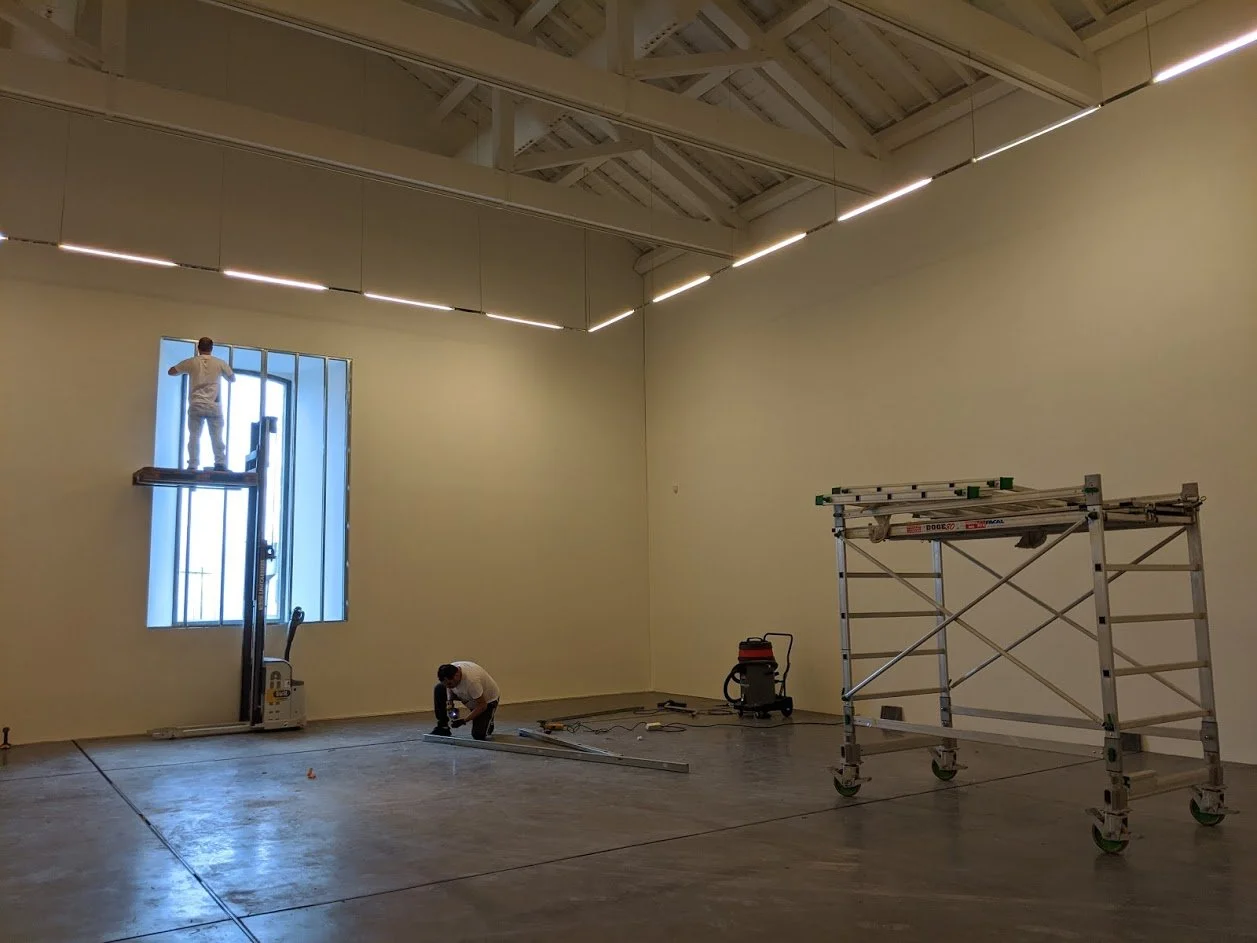
This was a rare opportunity to witness the museum without its wardrobe of art as everywhere we toured was nearly vacant of activity. As a result we were left to simply absorb, and enjoy, the powerful energy of the buildings and their various spaces without any distractions.
From the pristine, white walled galleries on the upper floors with their state-of-the-art lighting to the original barrel vault ceilings spanning the length of two hallways to the well equipped artist-in-residence spaces the museum stood out as art itself.
The cavernous, subterranean spaces, which over the decades stored either alcohol or tobacco, were hauntingly beautiful. The three foot thick walls and massive arches lent the entire space an undeniable air of permanence. Today those spaces host guests with concerts, various performances, fundraisers and special events.
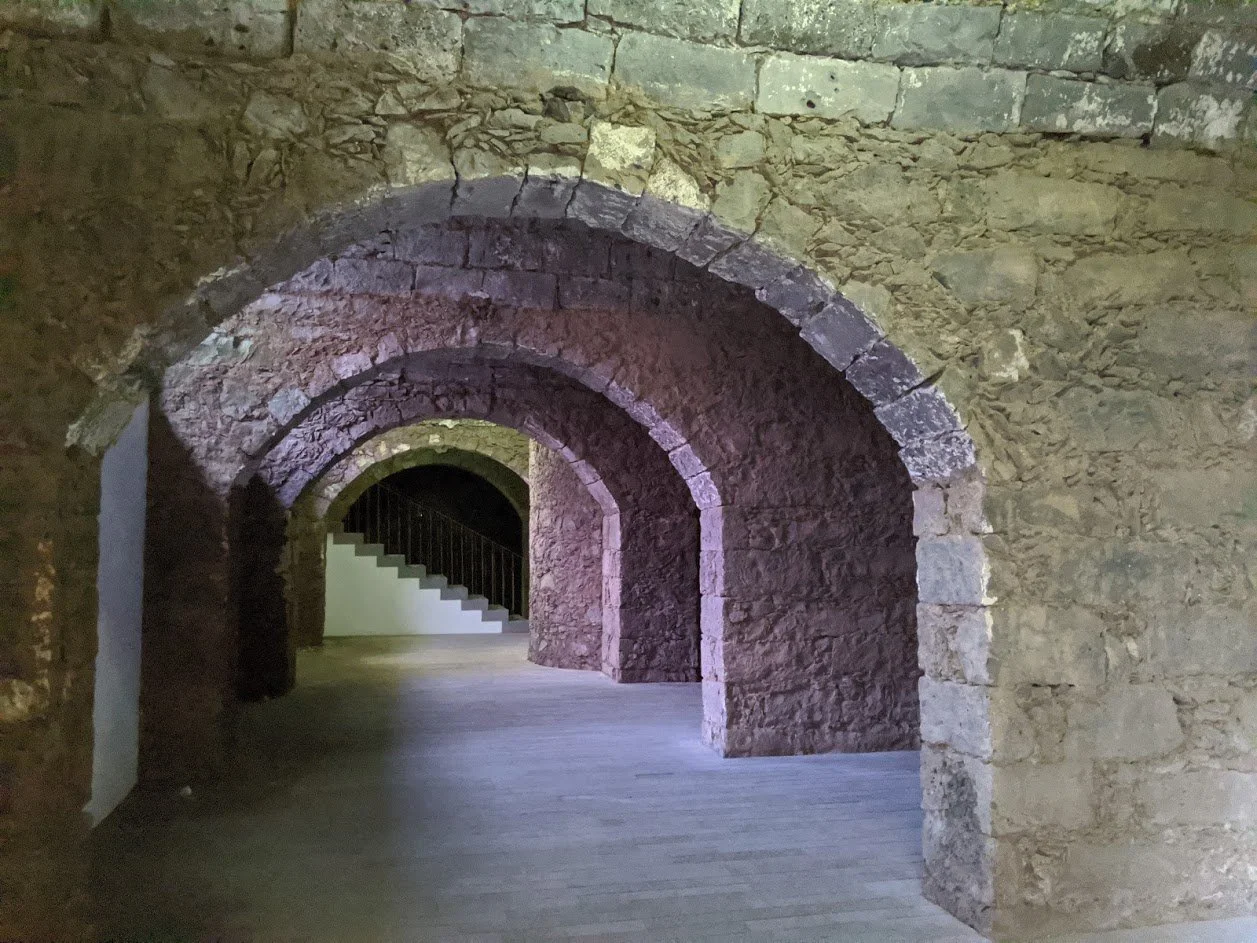
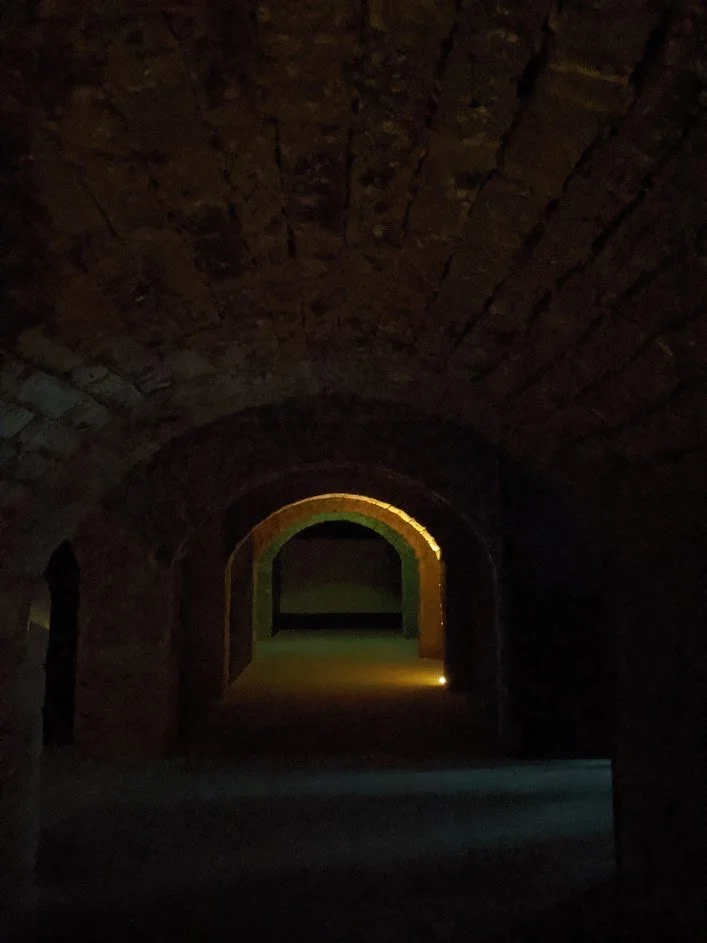
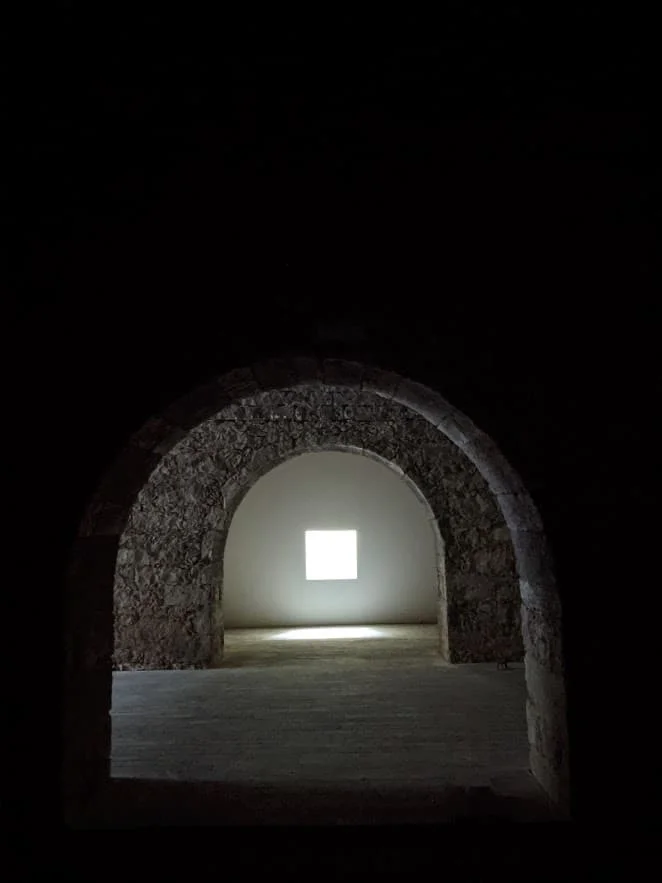
The multi-function theater was designed to host concerts, dance and various other performances. Dressed in triple black with close to 200 chairs resting on a movable platform it is an enchanting room that can change like a chameleon depending on the type of performance taking place. The dozens of weights, latches and ropes that are normally hidden behind curtains are fully exposed adding to the theatricality of the room. On their own they lend an openness and truthfulness to the space that is absolute in its execution.
The Phantom of the Opera would be right at home in this intimate black box.
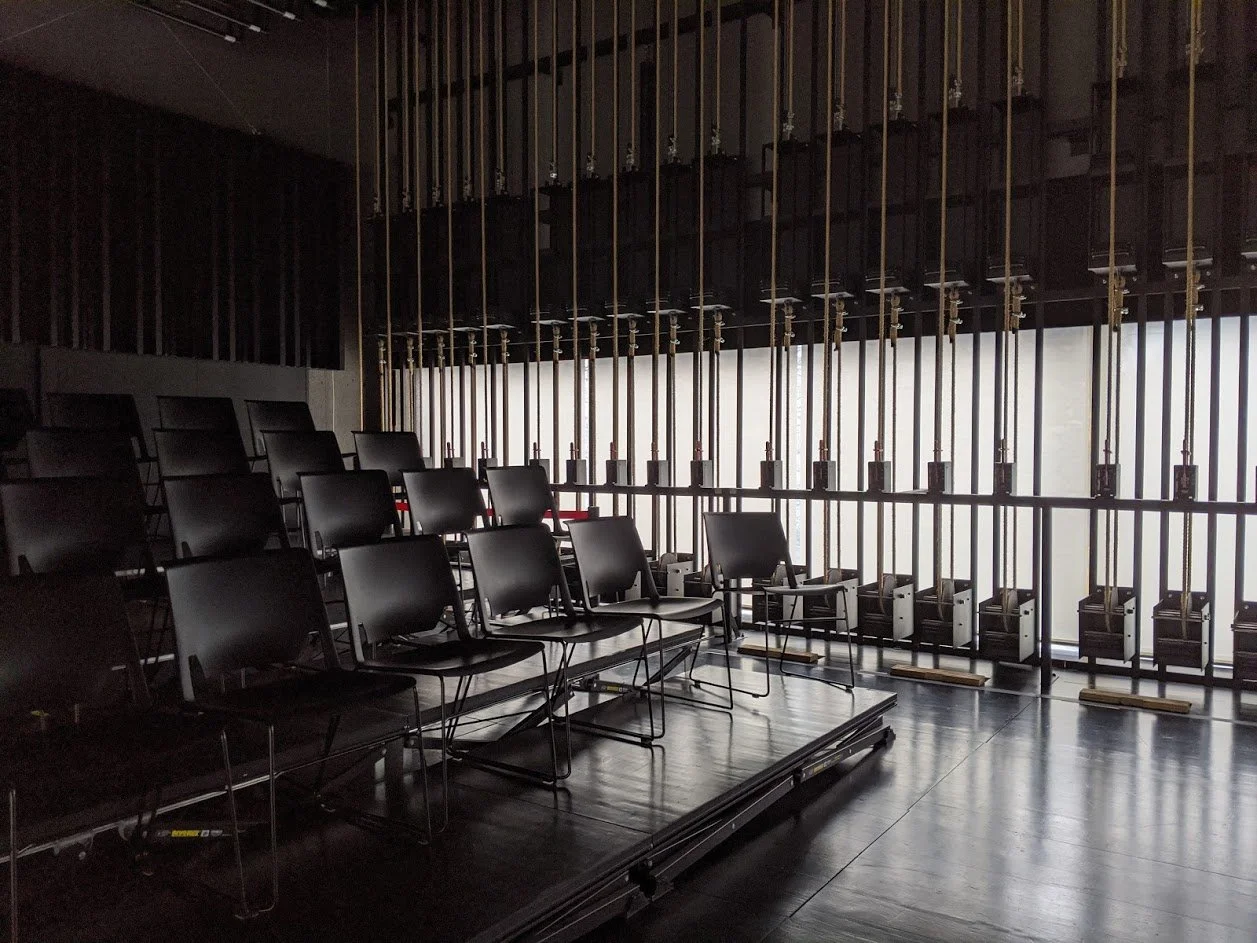
On the main floor several windows, each containing a single bench or couch, have a view to the Atlantic. Intended to be meditative spaces, they allow the visitor to turn their back on the museum while casting their gaze out to the ocean. It is in these quiet spaces that the ocean becomes the art.
Stop. Sit. Observe.
Rounding out the various spaces at ACAC are a children’s studio, a library/learning center and a gallery dedicated to photography along with the requisite bookstore. Outside the museum, and facing the ocean, there is a large area that invites the community and museum goers to gather, relax and play.
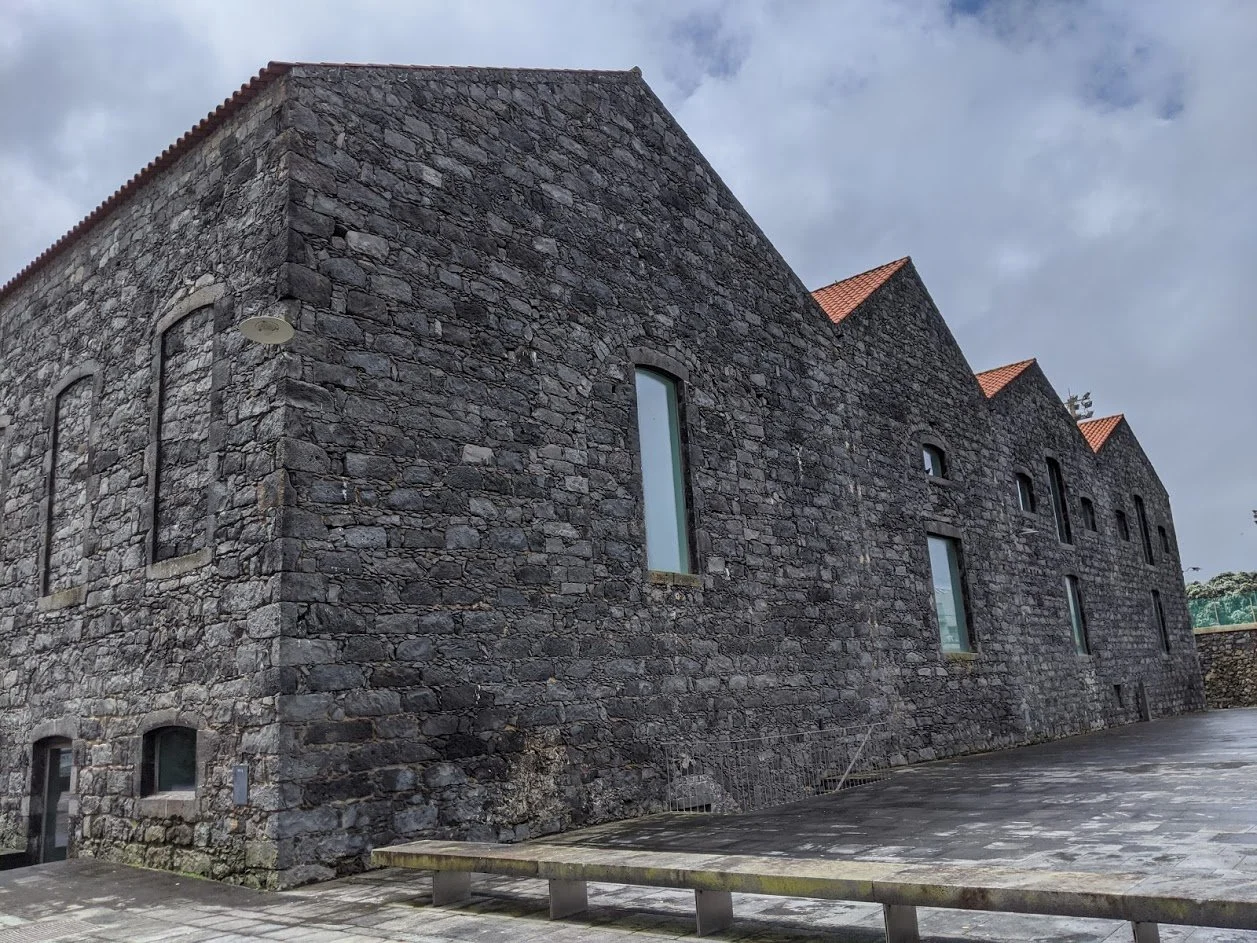
Every architectural feature stands out as testimony to the incredible devotion the ACAC team took in addressing how best to blend the past with the future. From the solid copper railings, door handles and various handholds to the restoration of the grand staircase an incredible attention to detail is everywhere you look and touch. The contrasting exterior surfaces exemplify the notion that “opposites attract” with remarkable execution.
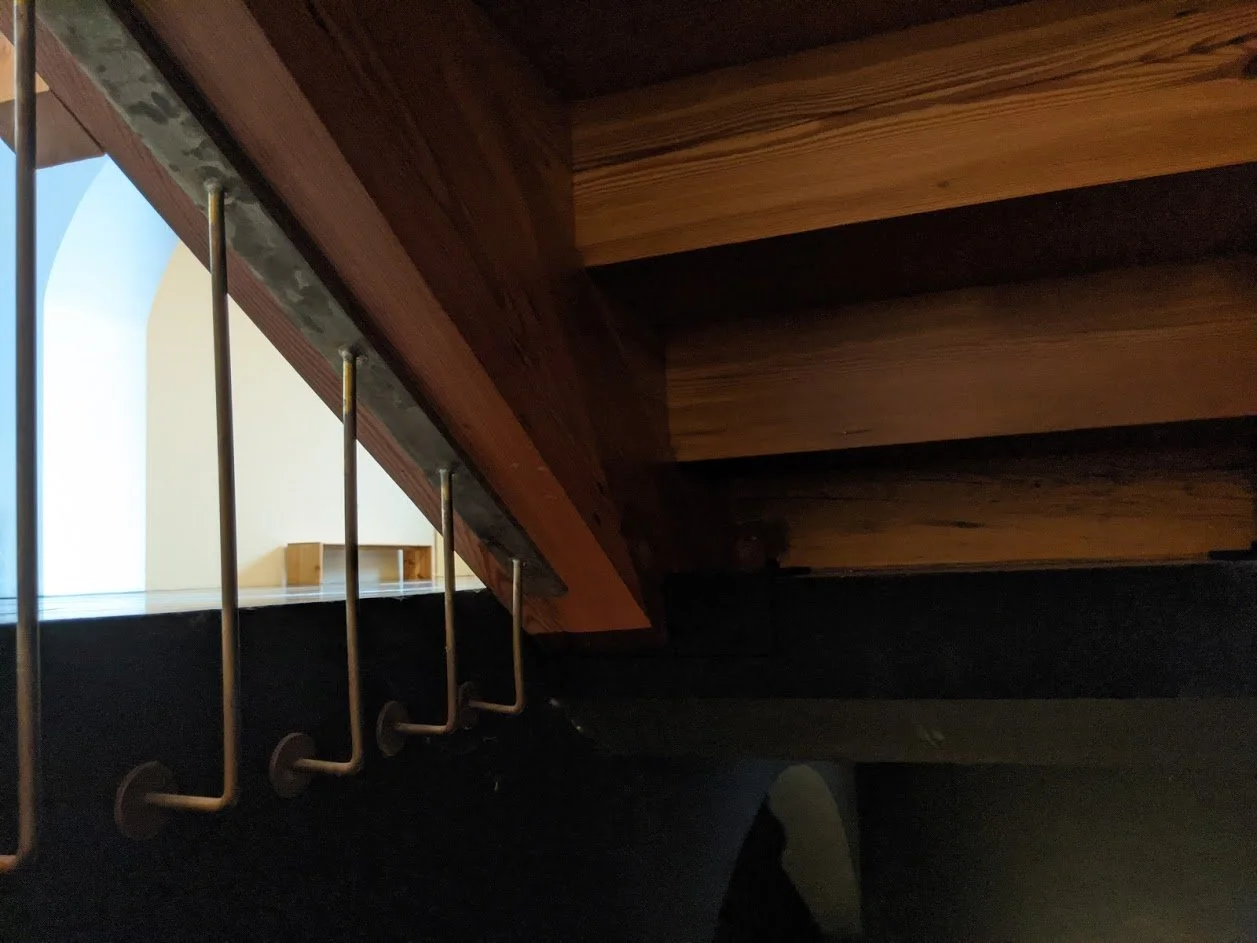

There are many people who believe that buildings possess a soul that is unique to them. I count myself among those believers.
The history, events and stories that can be told all contribute to that soul. The buildings that make up the Arquipélago – Centro de Artes Contemporâneas have multiple souls. The young ones have stories that are still developing while the older ones continue to pass their stories down through the ages. During our visit we were able to hear these various stories, unfettered by any artwork on the walls, sculptures on the floors or the flash of cameras on an opening night gala.
With our tour complete we bid farewell to João as he left us on our own to continue exploring. Our time spent with him was, in large part, a mirror of what this museum strives to be…open, honest and welcoming.
Thank you Dalila. Thank you João.
If you would like to learn more about the Arquipélago – Centro de Artes Contemporâneas click on the link below for hours of operation, directions and current as well as upcoming exhibits and events.
